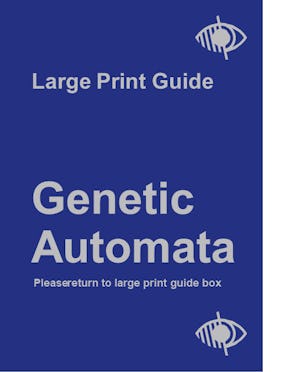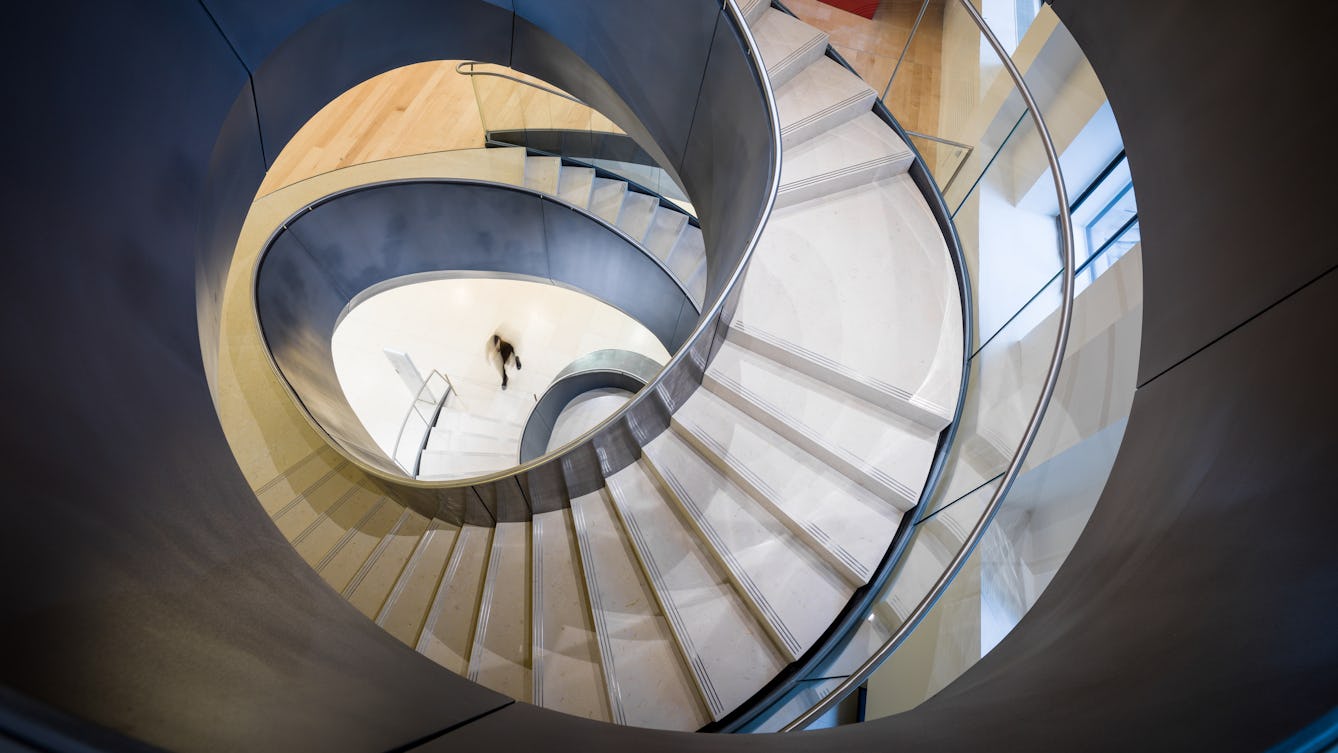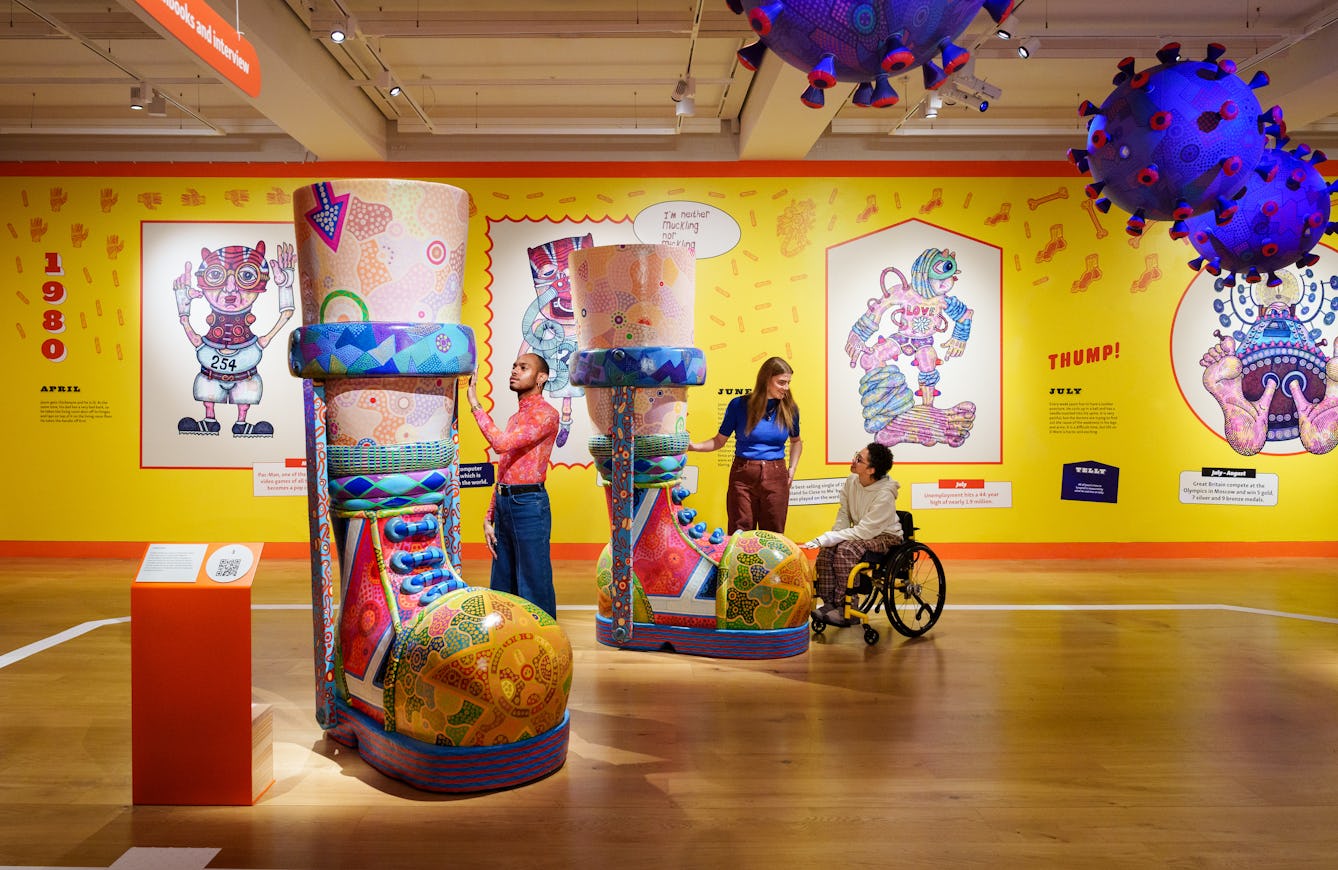Information to help you plan and prepare for your visit.
Introduction to Genetic Automata
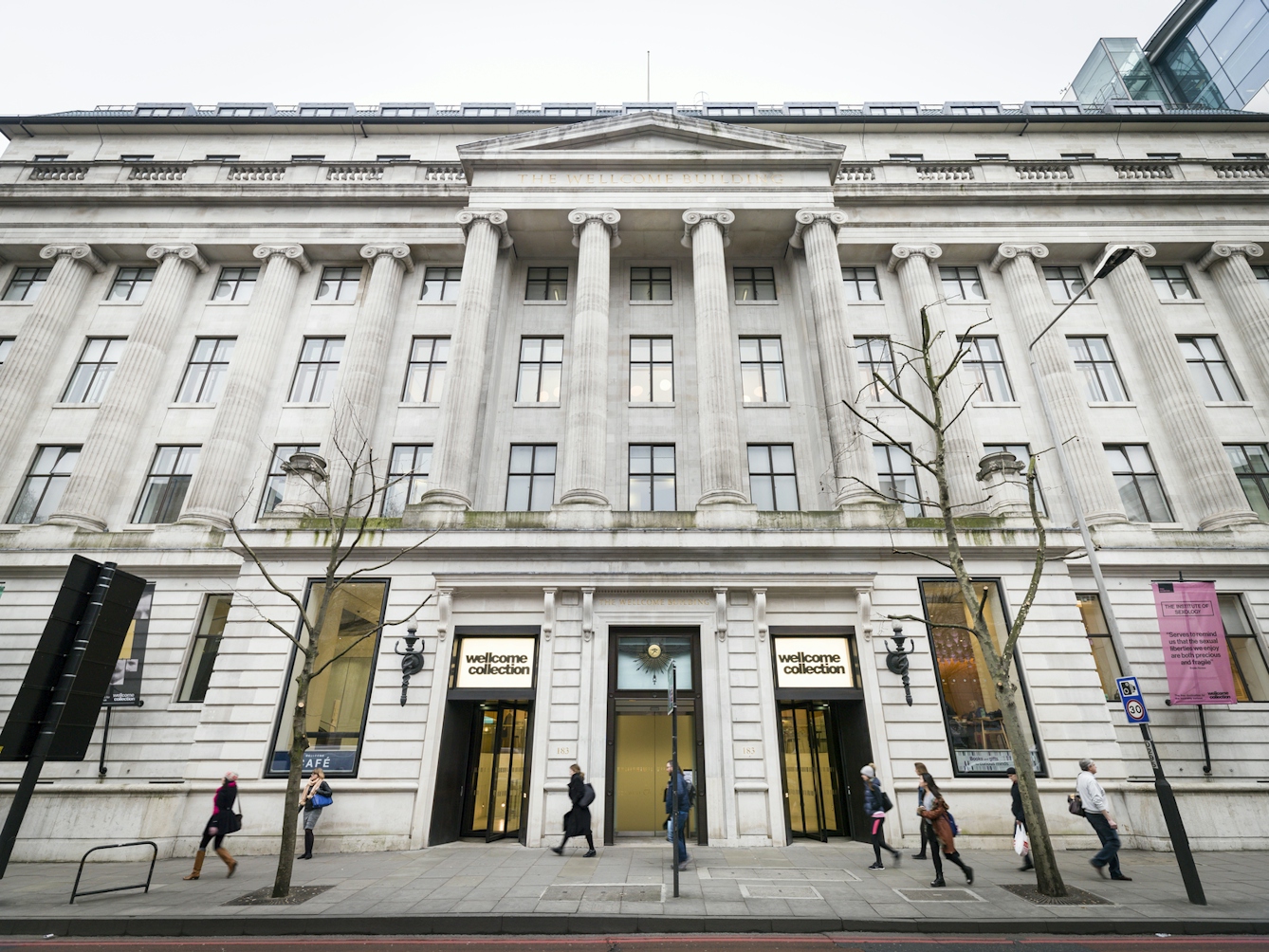
The exhibition is at Wellcome Collection.
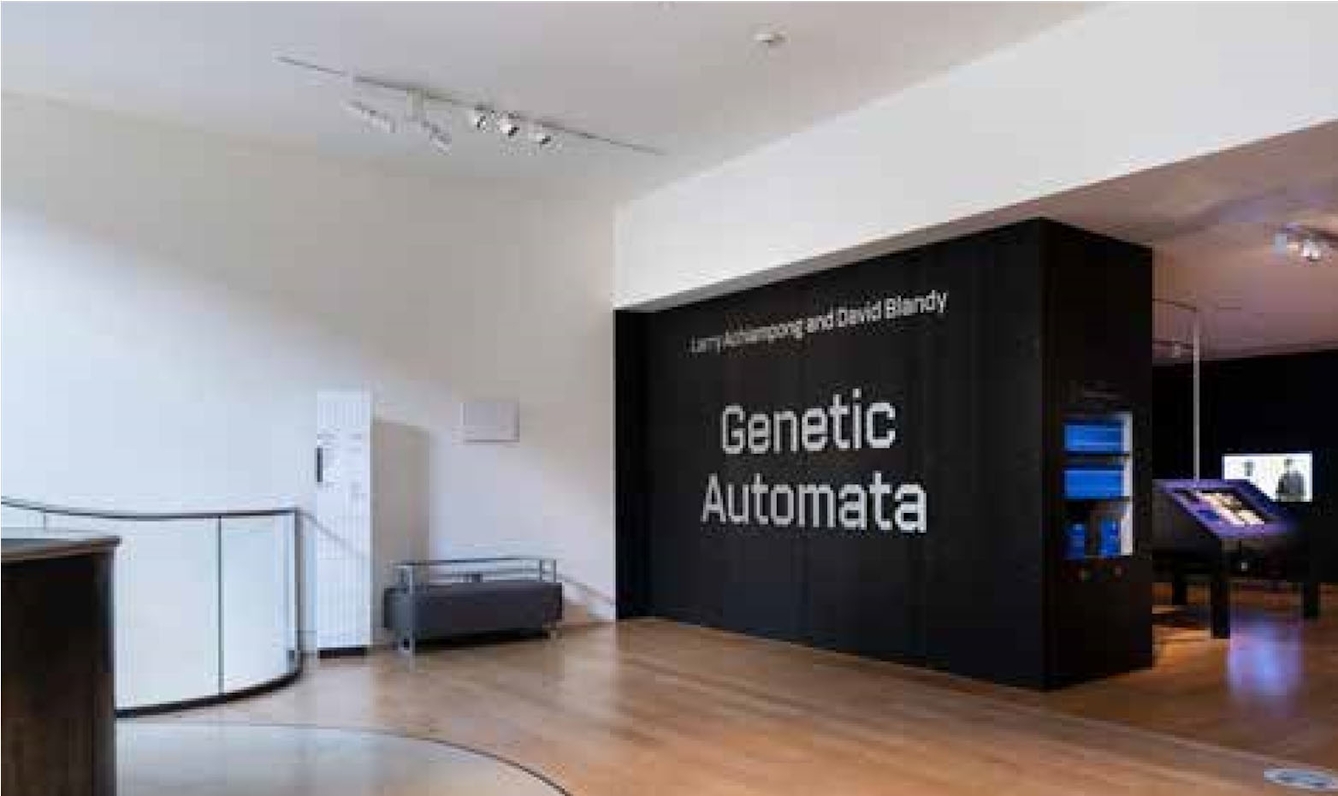
Genetic Automata exhibition is in two of our galleries on level 1.
About the exhibition:
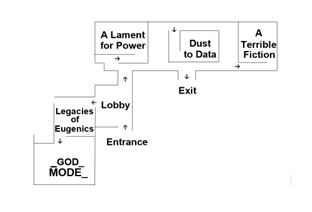
This is a map of the exhibition showing the five different rooms.
Lobby
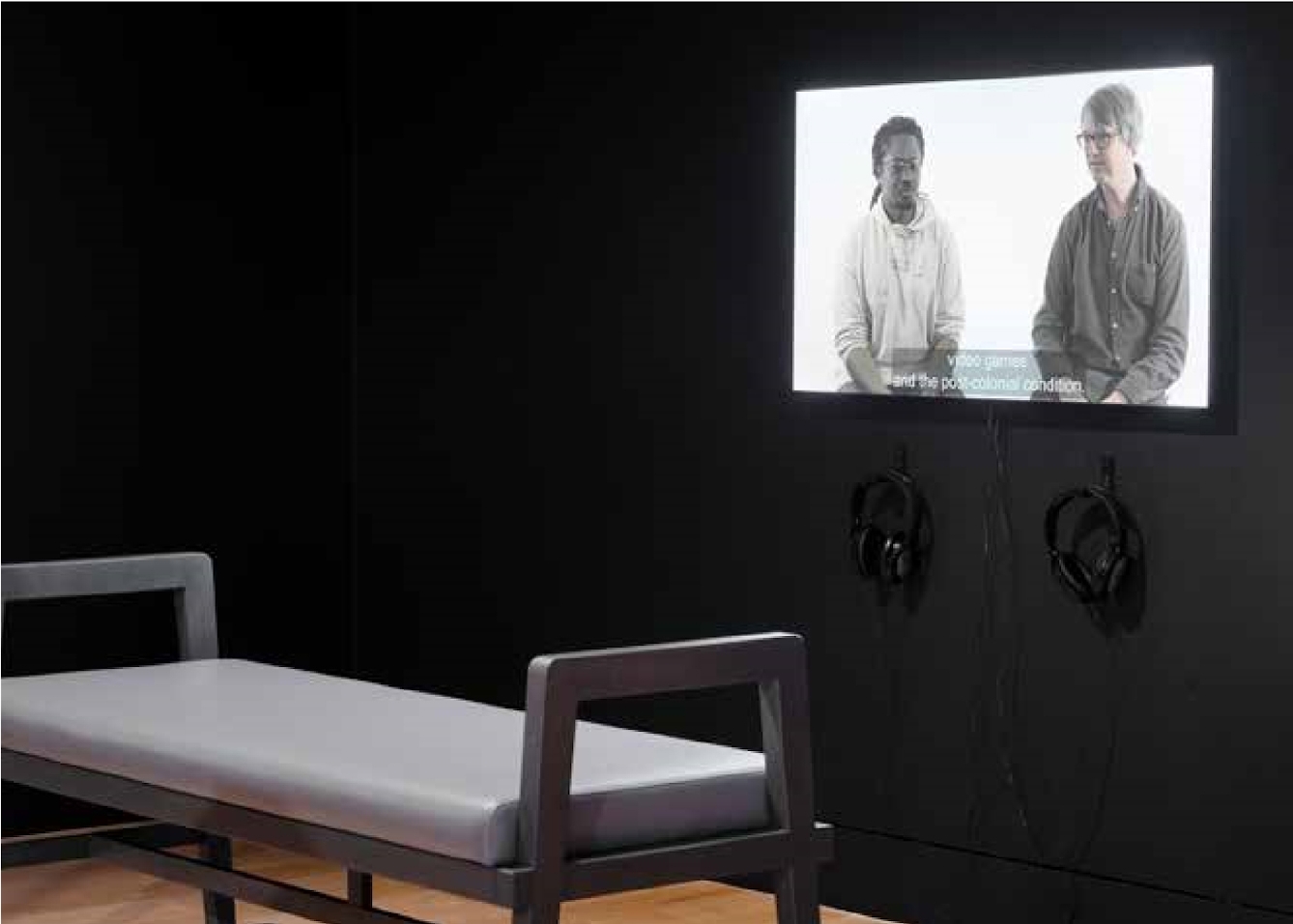
Larry Achiampong and David Blandy are artists and friends. They make work about how they are treated differently and why that might be.
There is a 10-minute interview with the artists shown on a screen with headphones.

There is a display case showing some of the films, books and videogames Larry and David are influenced by. Soft electronic music plays out loud from below the display case.
Room 1: Legacies of Eugenics
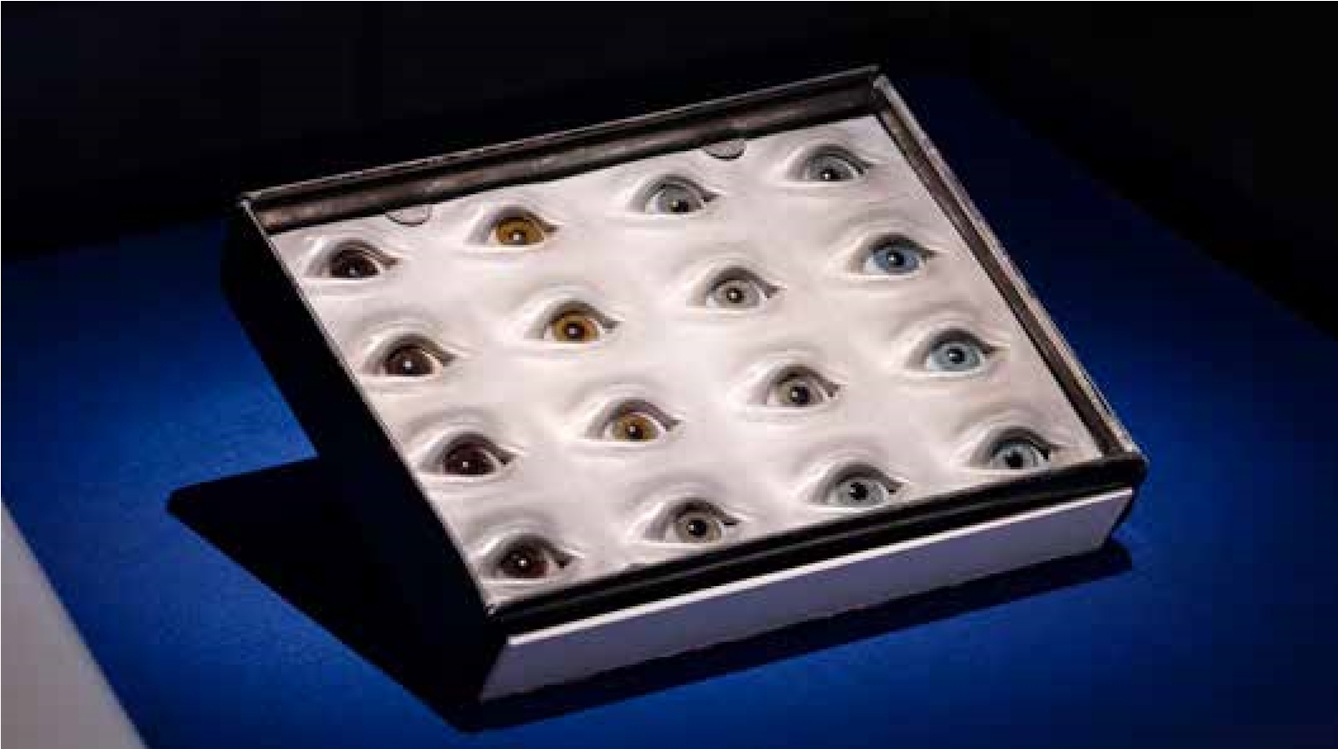
In this room there are racist objects that were used to categorise people.
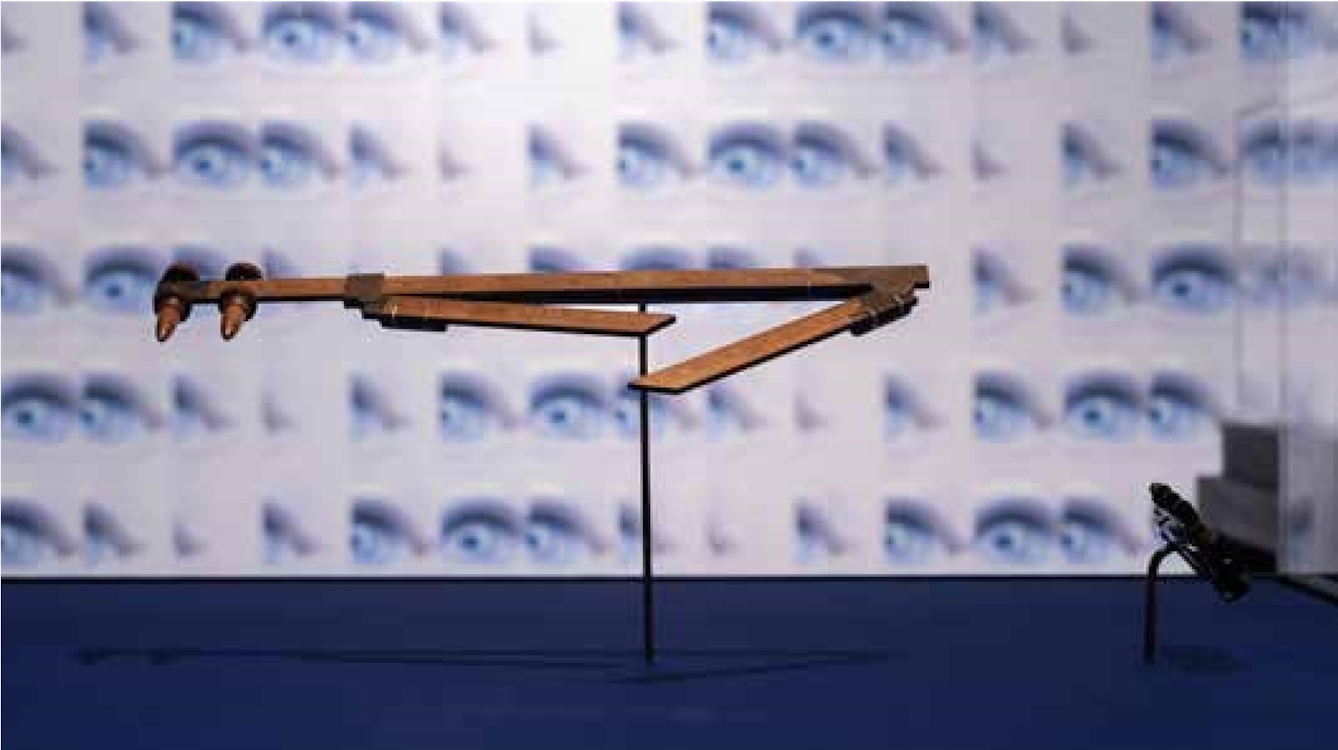
They include instruments which were used to measure and count people.

They were owned by Francis Galton and Karl Pearson, who worked at University College London in the early 1900s.
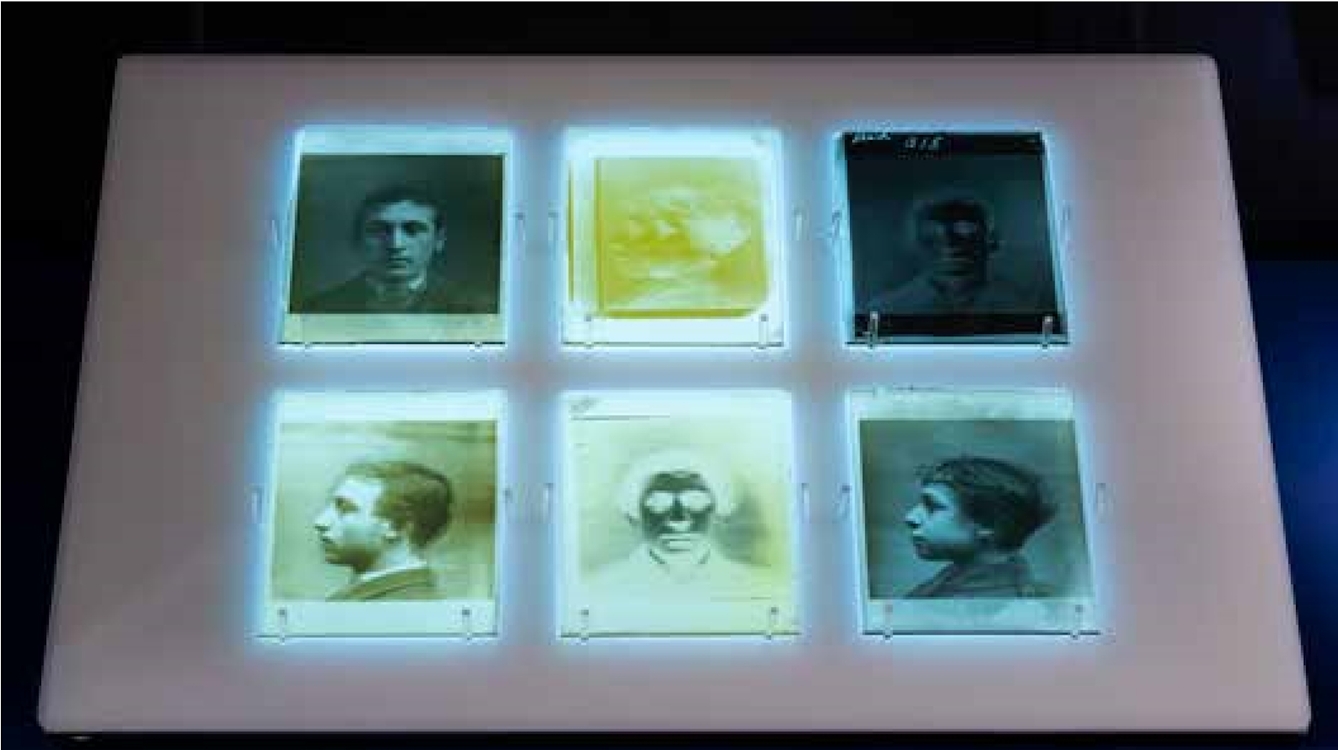
They were used to discriminate against people based on how they looked.
Room 2: _GOD_MODE_
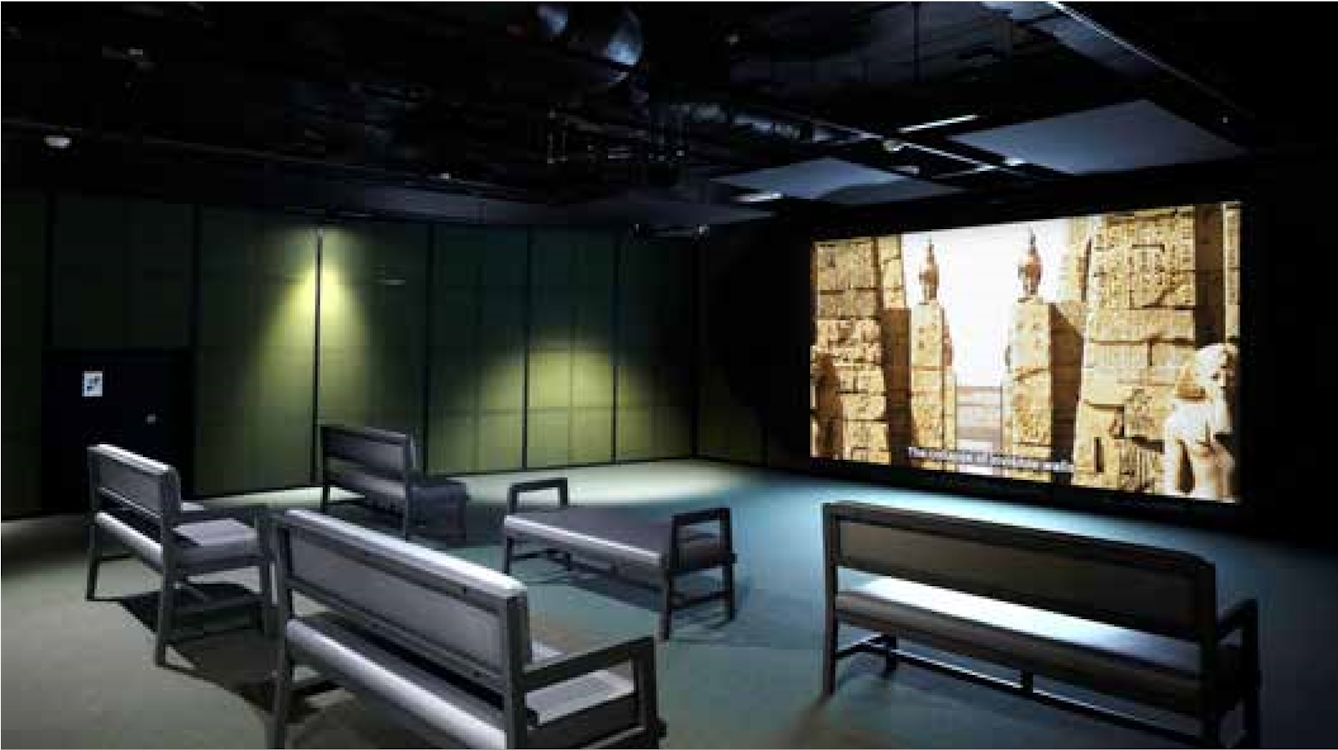
'_GOD_MODE_' is a film is about eugenics and how it is still present today. The film is 12 minutes long.
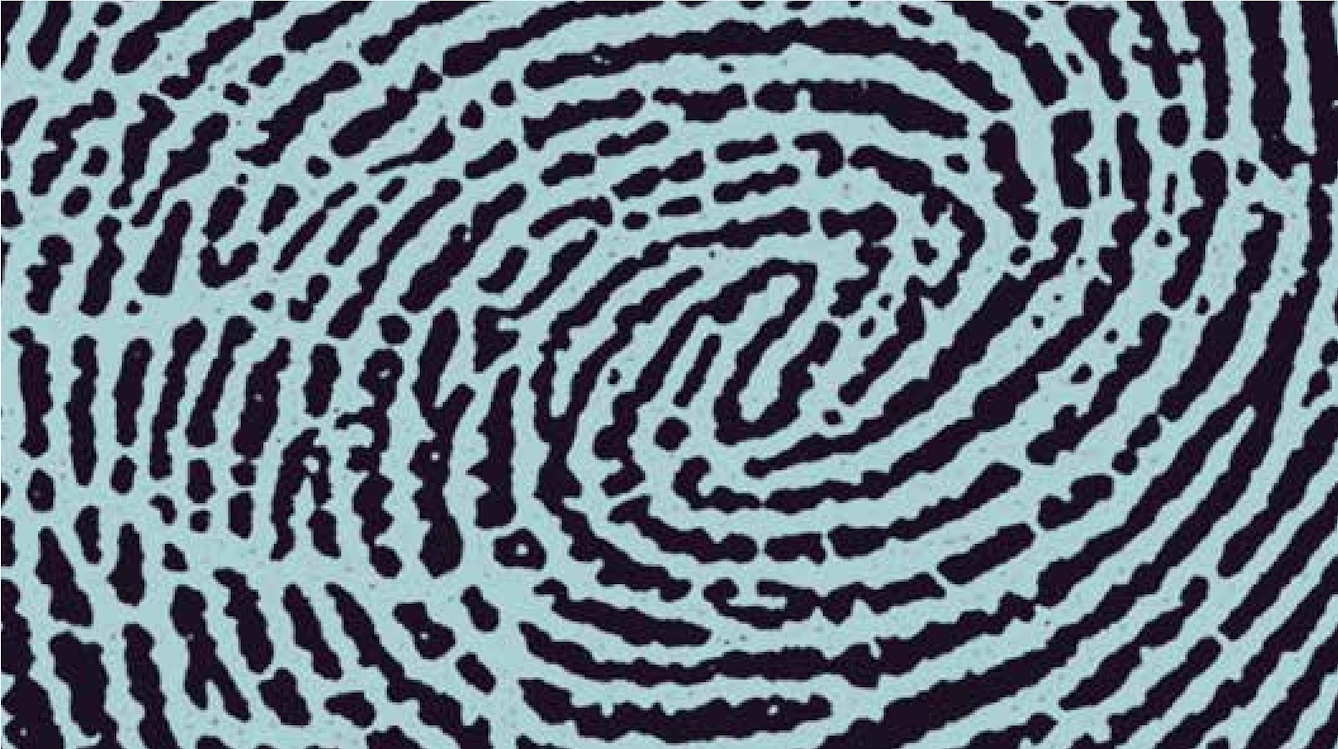
The film starts with a close up of Francis Galton’s fingerprints.

The first half of the film takes place in the real world.
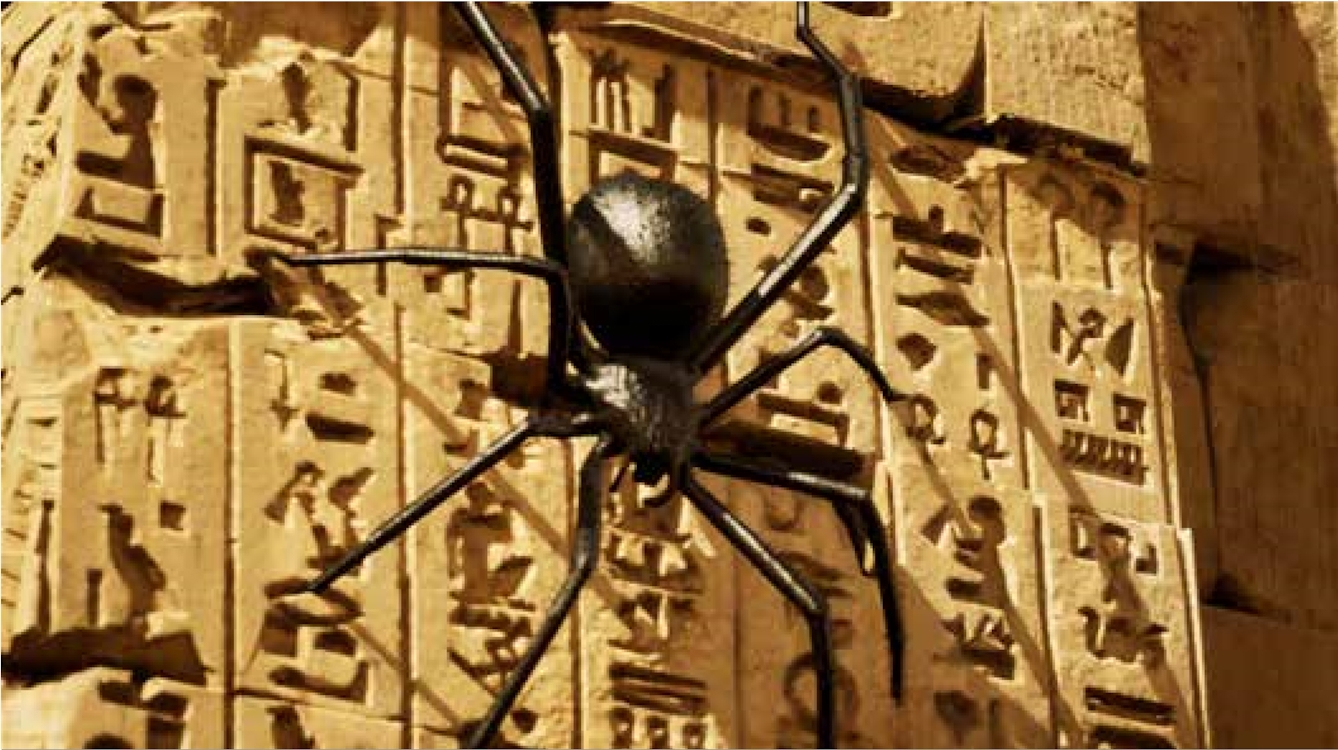
The second half of the film is computer generated.
Room 3: A Lament for Power
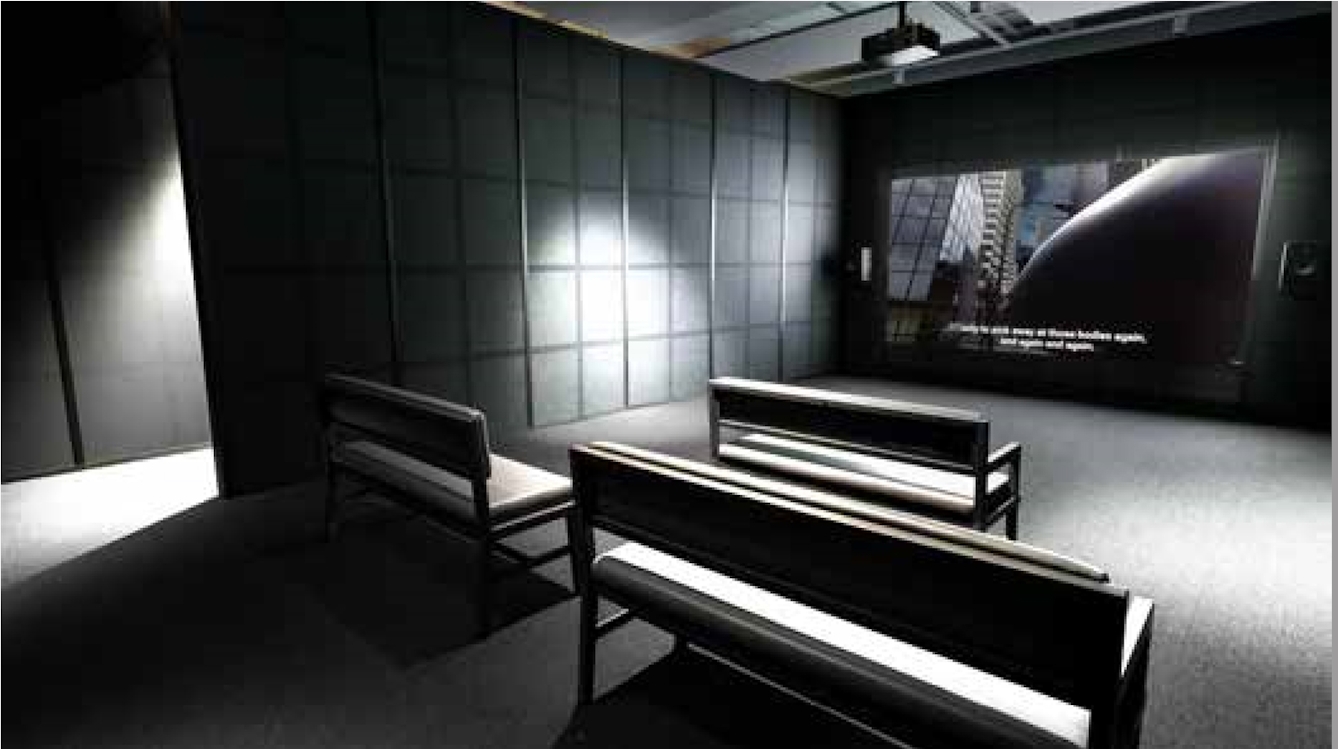
'A Lament for Power' is about the ethics of using people’s DNA without their permission. The film is 13 minutes long.
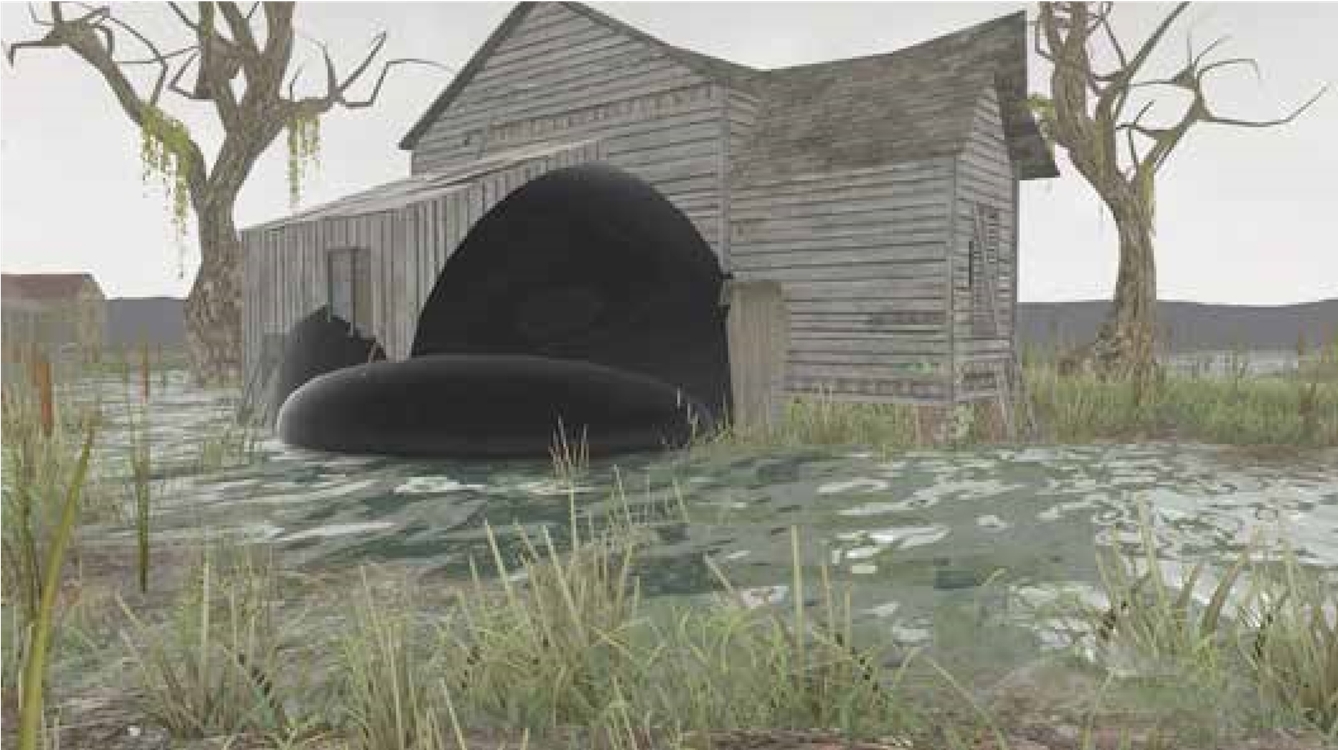
The film is made in videogame software.
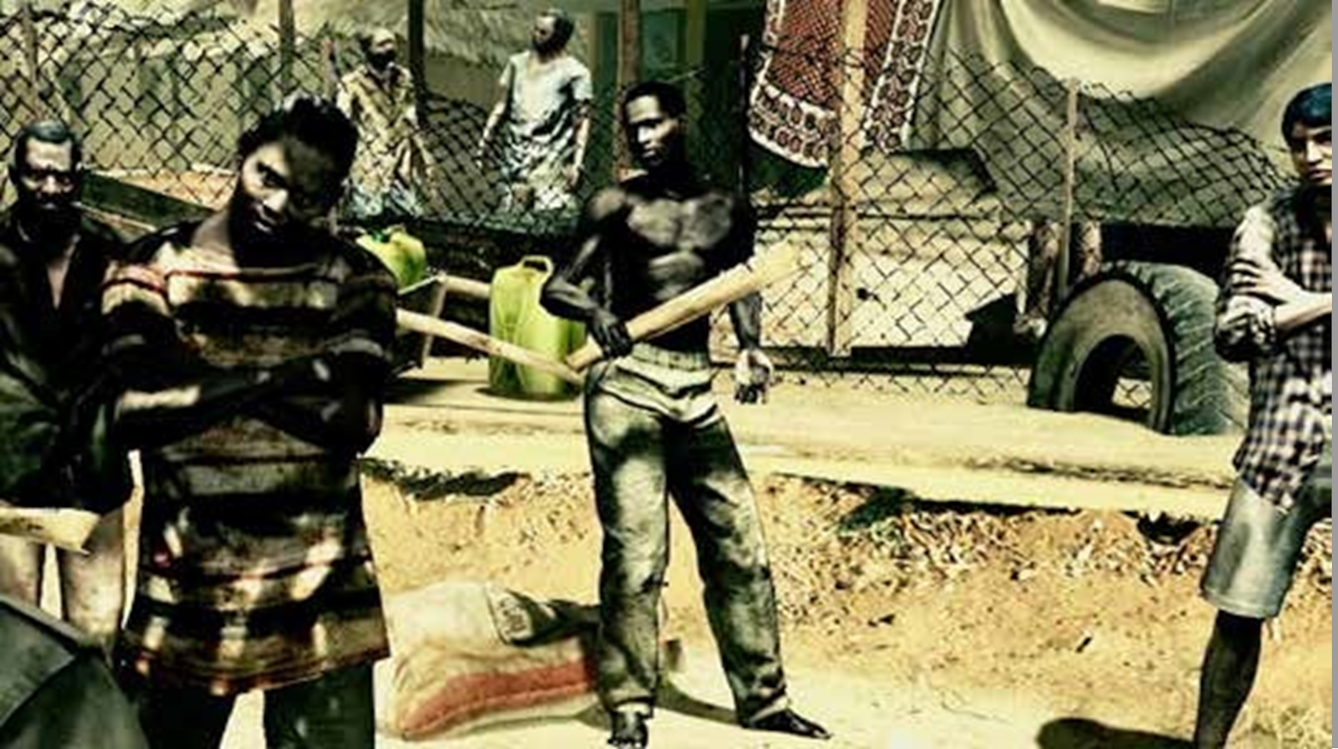
It is inspired by the videogame 'Resident Evil 5', which features zombies
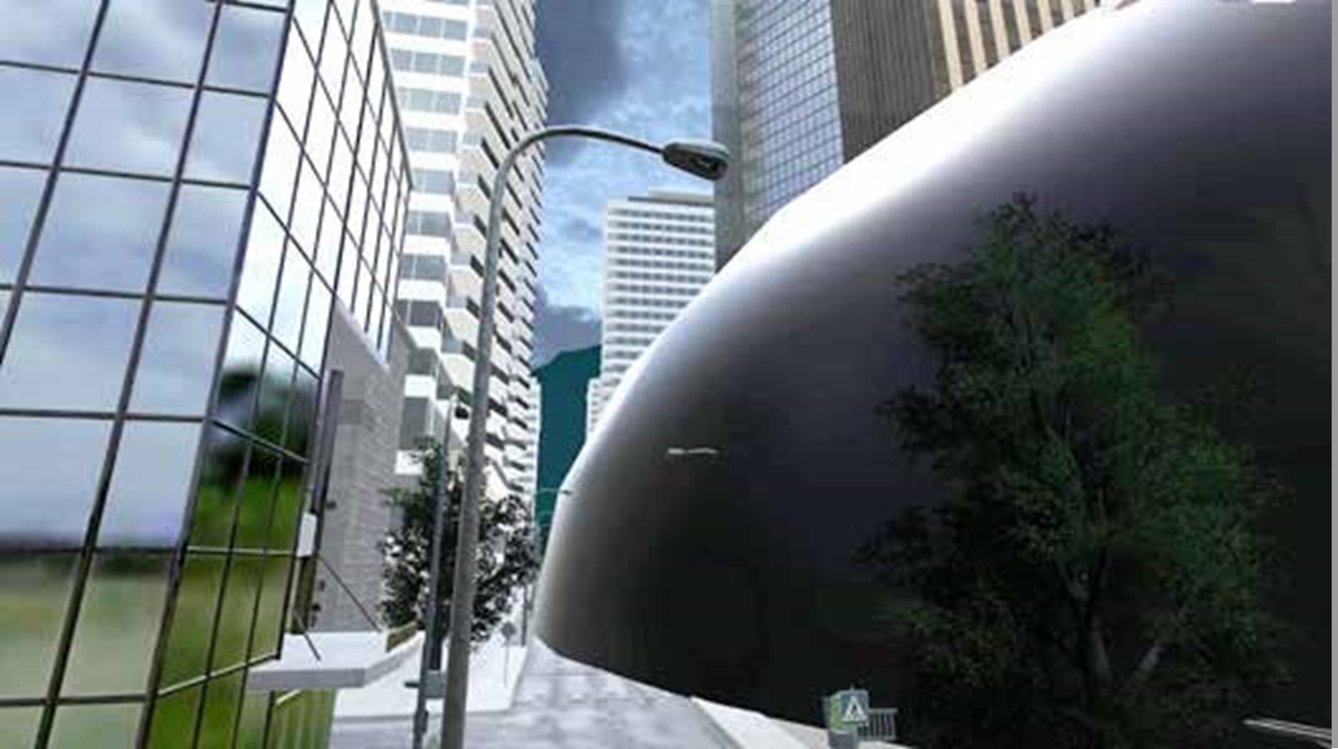
A large black cell moves across different landscapes. The screen goes entirely black for the last minute of the film.
Room 4: Dust to Data
'Dust to Data' is about how archaeology has been used to make up racist stories about human history. The film is 15 minutes long.
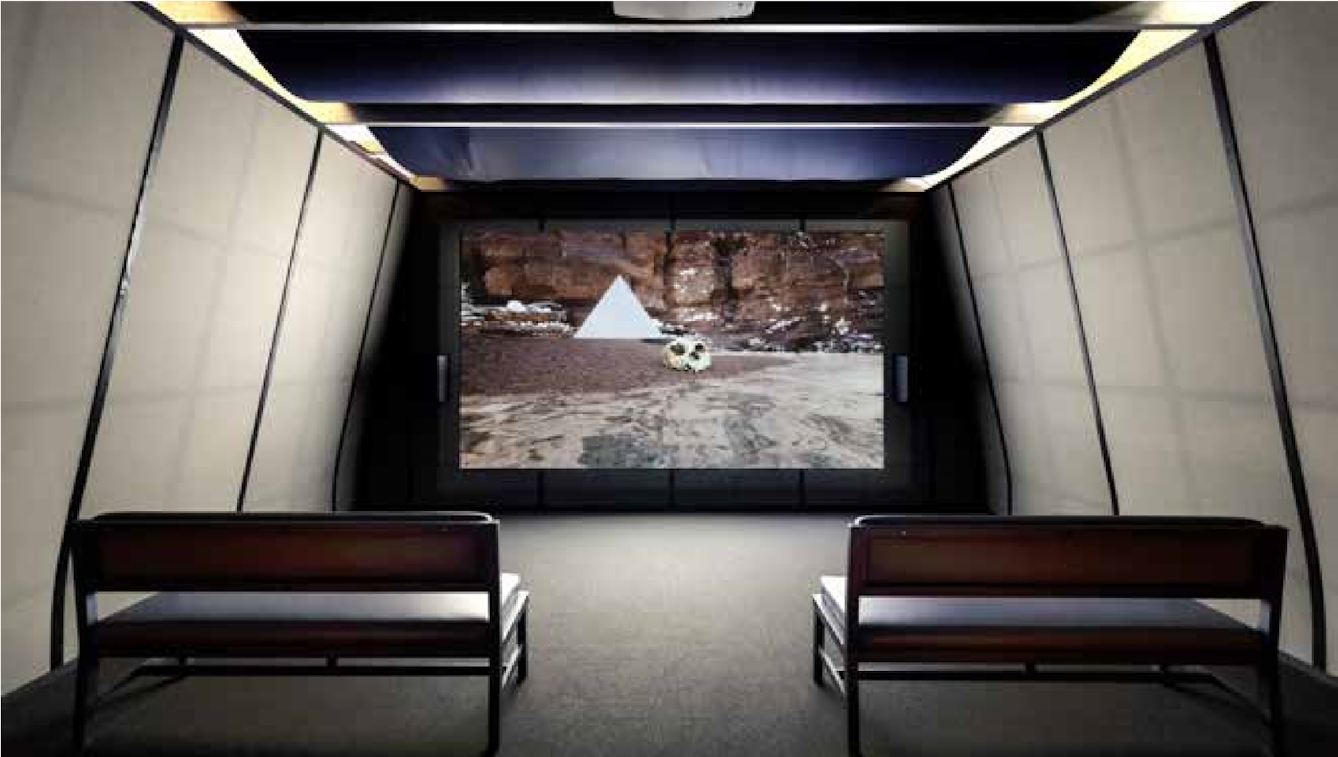
The room has a fabric ceiling.
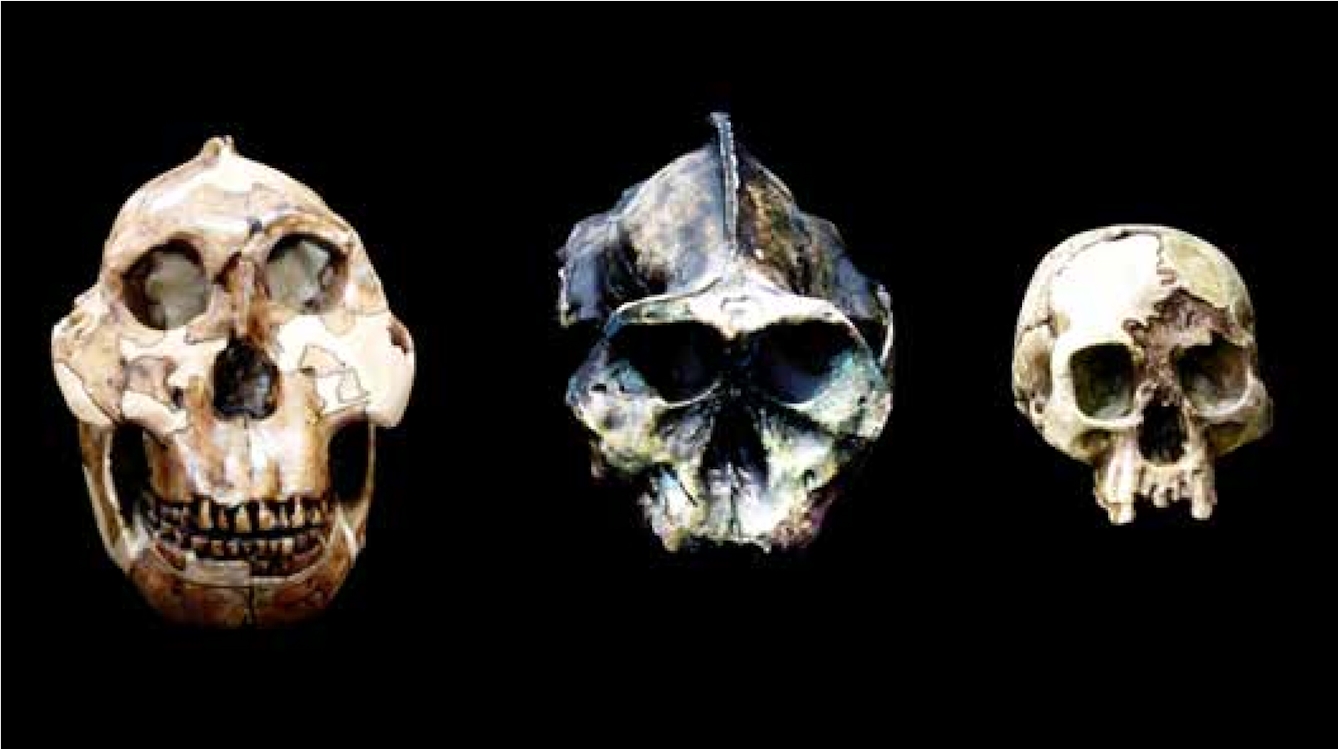
The film shows ancient skulls found in archaeological digs.
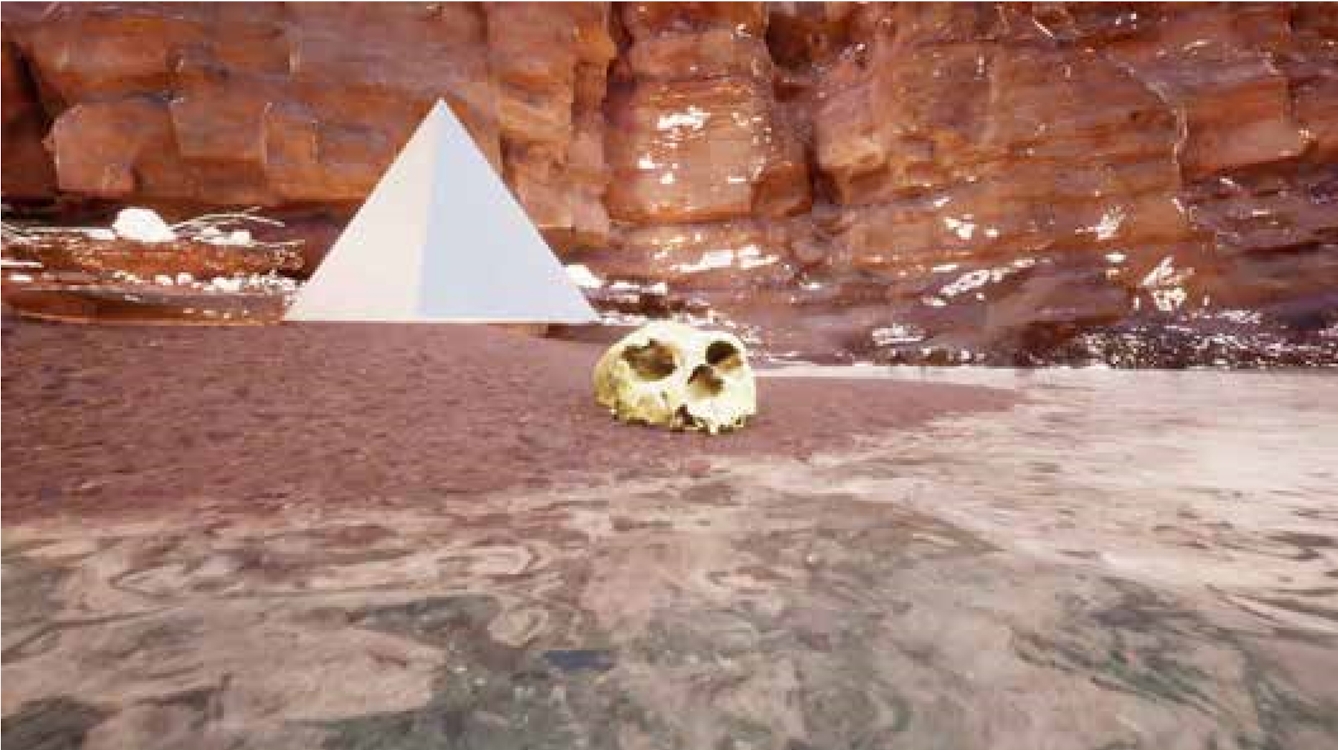
The film merges objects from the real world with landscapes from videogames.
Room 5: A Terrible Fiction
'A Terrible Fiction' is about how scientists have ordered and classified nature, including people. The film is 11 minutes long.
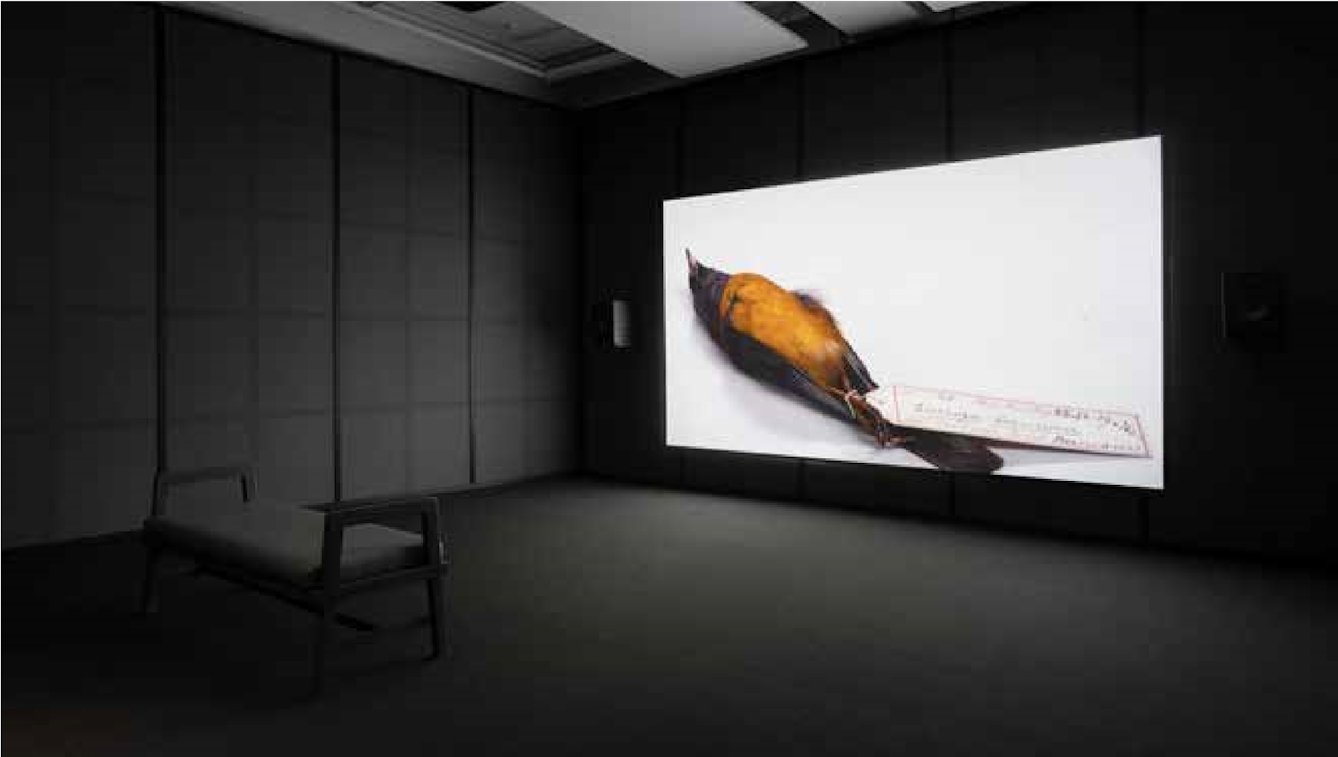
There is an additional exit to the exhibition in this space, you could leave this way, or go back through the gallery to the main exit.
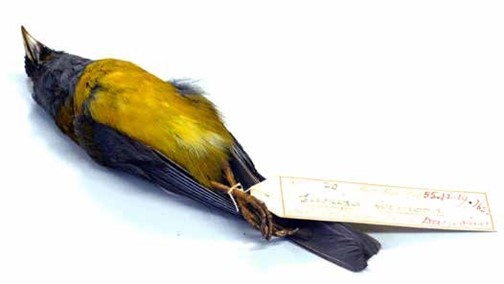
The film includes footage of stuffed birds.
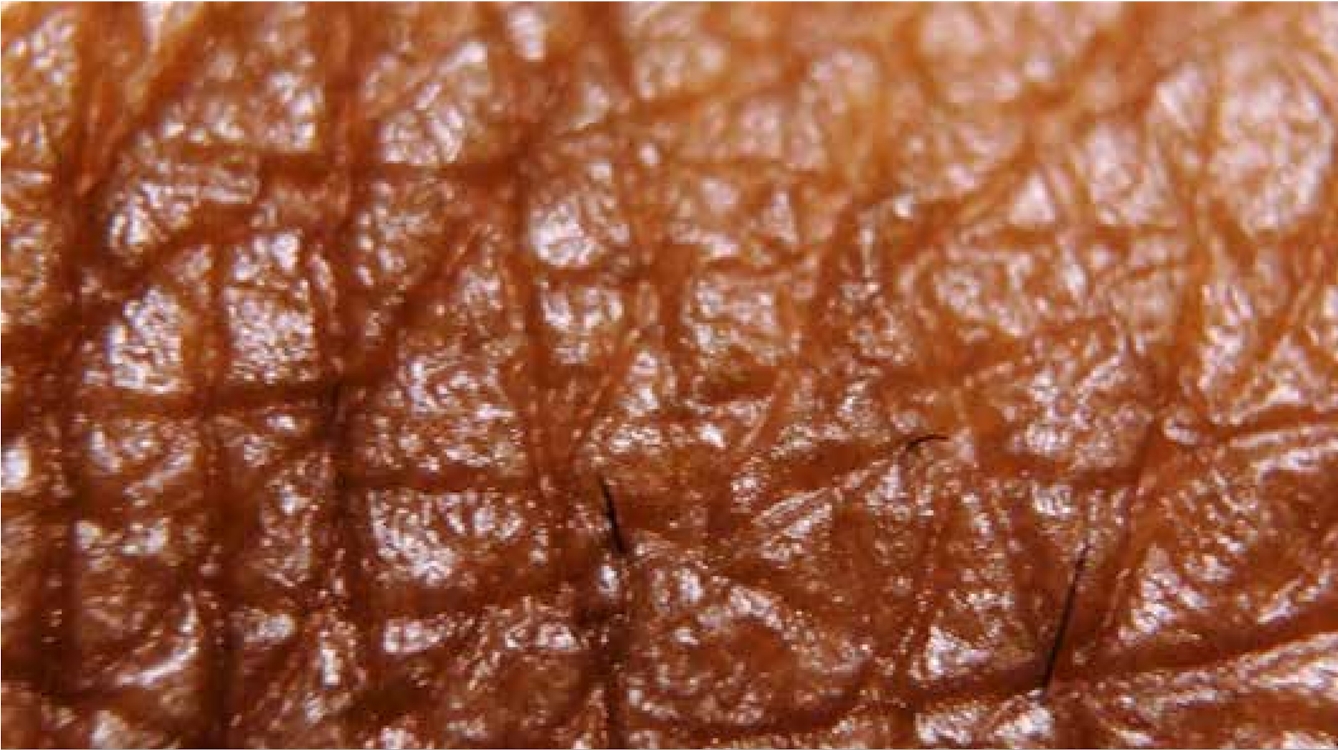
The film has close ups of the artists’ skin and eyes.
Exhibition accessibility
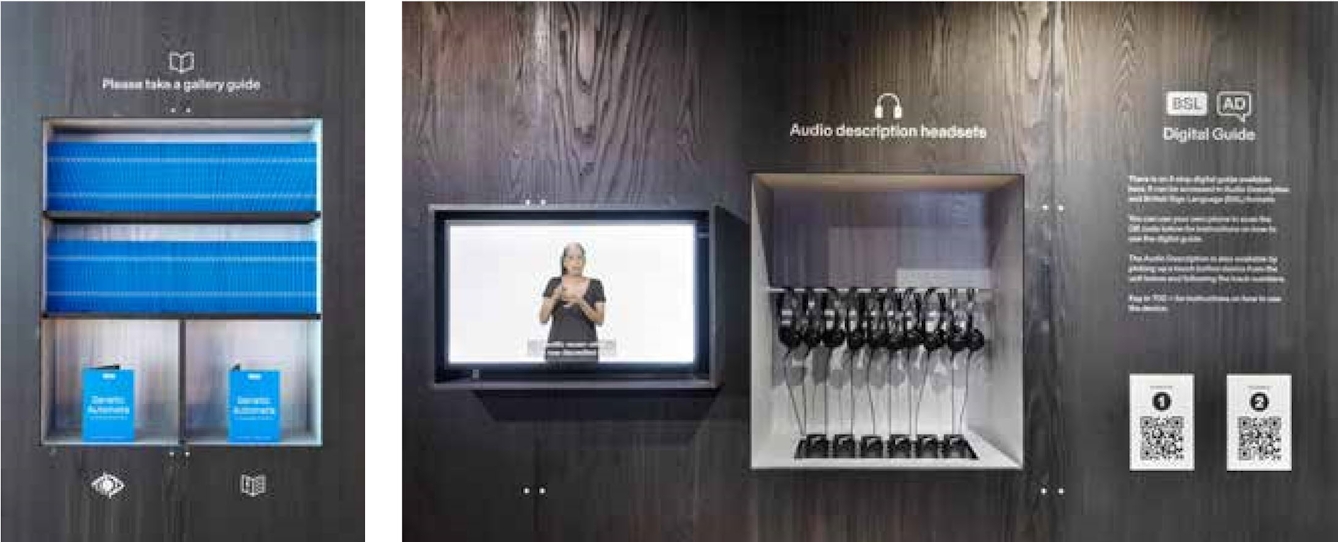
There are different accessible guides that are available at the start of the exhibition.
The guides are:

Digital guide
The digital guide has audio described and British Sign Language tours of the exhibition.
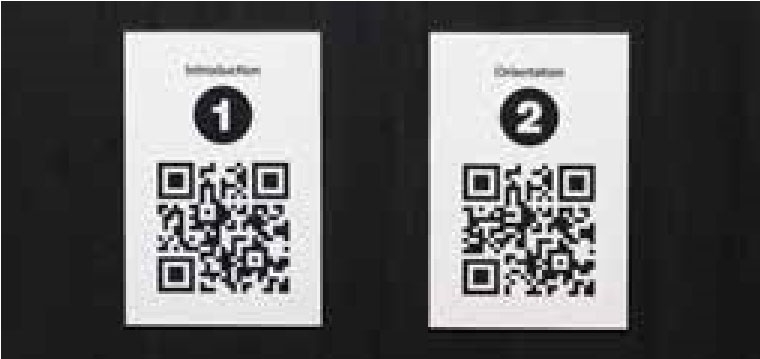
You can watch or listen by scanning QR codes with a smart phone.

Or you can listen to AD by picking up a touch button handset and pressing the number of the audio stop.

Please ask a member of gallery staff for help with digital guides.
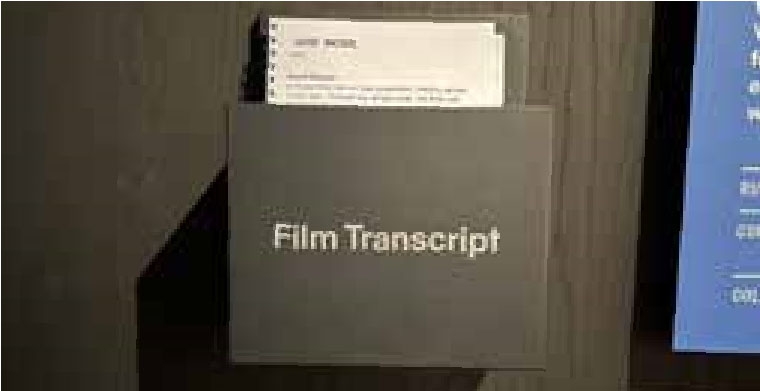
Text transcripts of audio-only content are also available in the gallery.


